Standards For Speech Development Lowered By The CDC
Not since 2005, the year it was introduced, has the Center for Disease Control (CDC) updated their developmental milestone guidelines for children in their Learn the Signs. Act Early program. According to the American Academy of Pediatrics (AAP), who worked alongside the CDC with these updates, the goal of this much-needed update was to make it easier for parents and healthcare providers to catch signs of autism earlier.
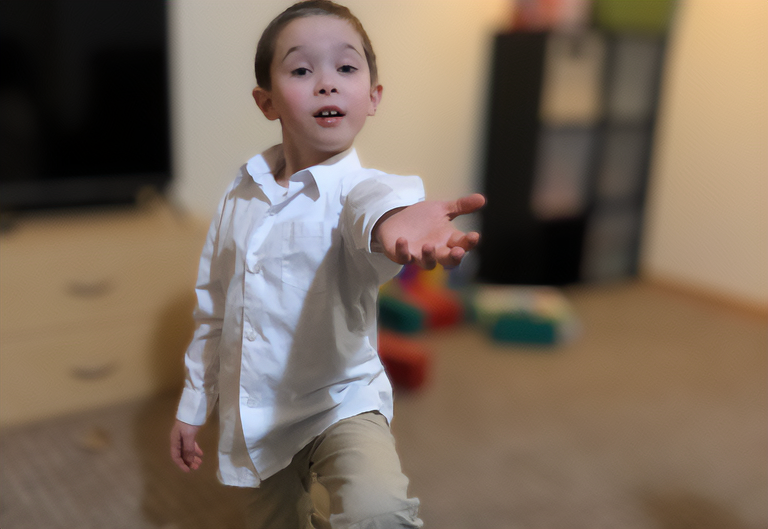
Not since 2005, the year it was introduced, has the Center for Disease Control (CDC) updated their developmental milestone guidelines for children in their Learn the Signs. Act Early program. According to the American Academy of Pediatrics (AAP), who worked alongside the CDC with these updates, the goal of this much-needed update was to make it easier for parents and healthcare providers to catch signs of autism earlier. Another goal was also to give parents a list of milestones they can measure their child’s development against. What they did, though, and what has caused a bit of a firestorm, is also lower speech development standards.
In their update, the CDC and the AAP first raised the percentages of kids who regularly meet the set milestones from 50 percent to 75 percent. This means the two organizations feel most young kids are developing well within their age groups. Another thing the organizations added were two age milestones not seen in the original guideline – 15-month-olds and 30-month-olds. This is where some feel standards were lowered.
According to a tweet from BowTiedRanger, “The CDC just quietly lowered the standards for speech in early childhood development.” They went on to say, “Now children should know 50 words at 30mo rather than 24mo.” But the main issue they wanted to point out was, “Instead of highlighting the harmful effects [picture of a masked emoji] & lockdowns have had on children, the CDC just lowered the bar for milestones.”
So, let’s unpack the first complaint. Yes, the standards have been lowered in the newest CDC speech development milestone guidelines. Previously, the 50-word vocabulary was set for 18-23 months. You can see the standards below, laid out by Stanford Children’s Health, but based on the earlier CDC guidelines.
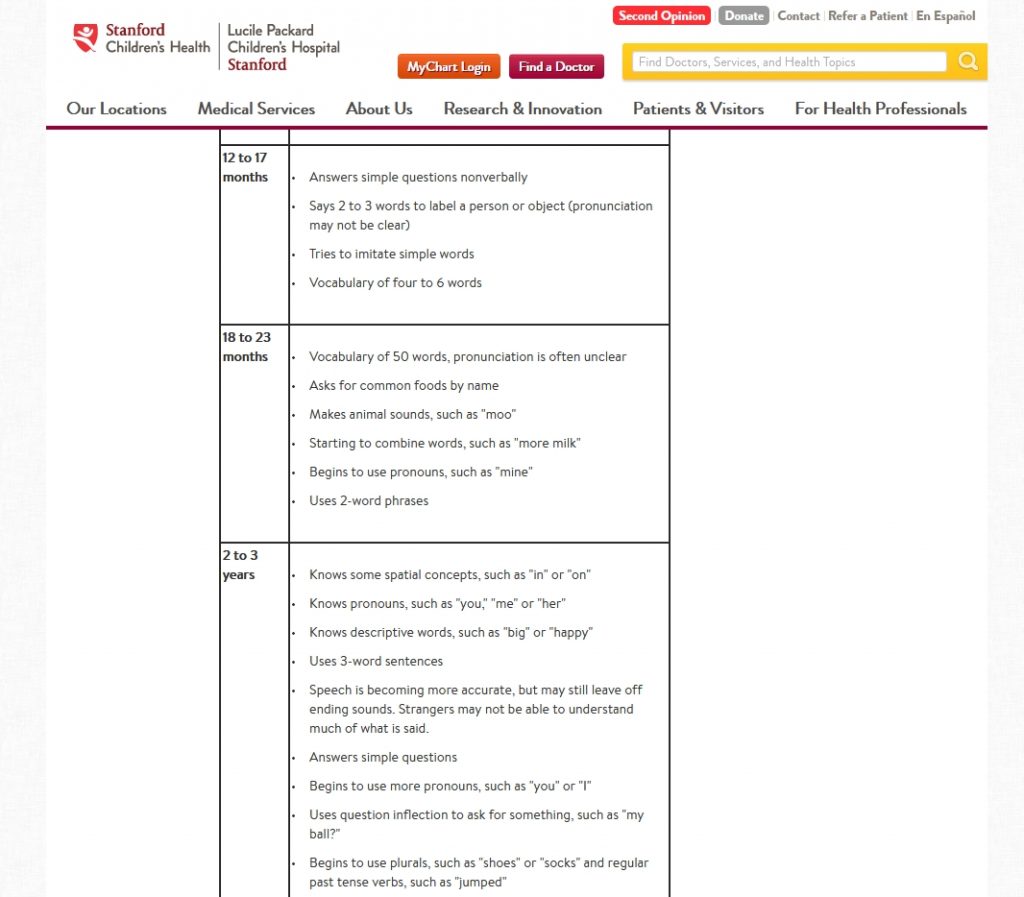
In the CDC update, you can see in the following slide where they have moved the 50-word speech development milestone to 30-months. We have also included the 15-month, 18-month, and 2-years old milestone guidelines for comparison. Take a look.
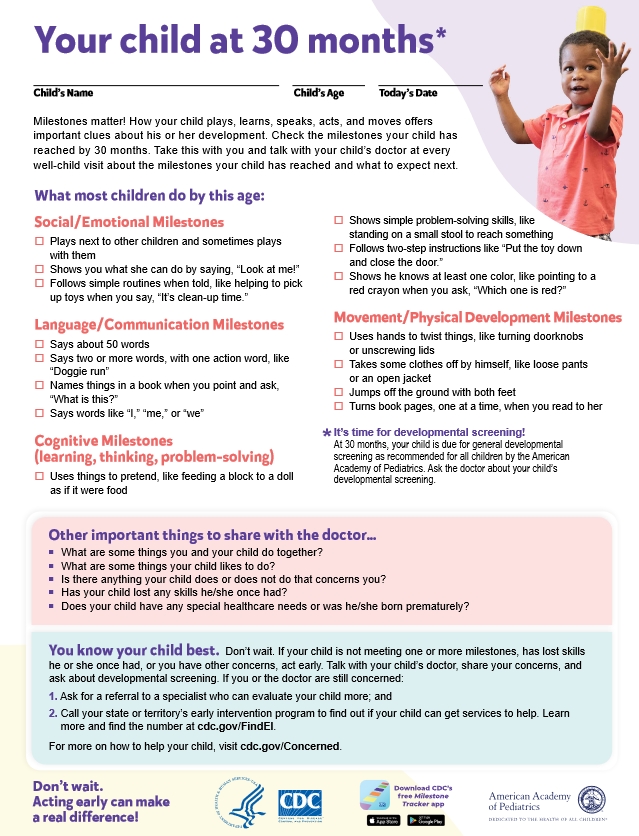

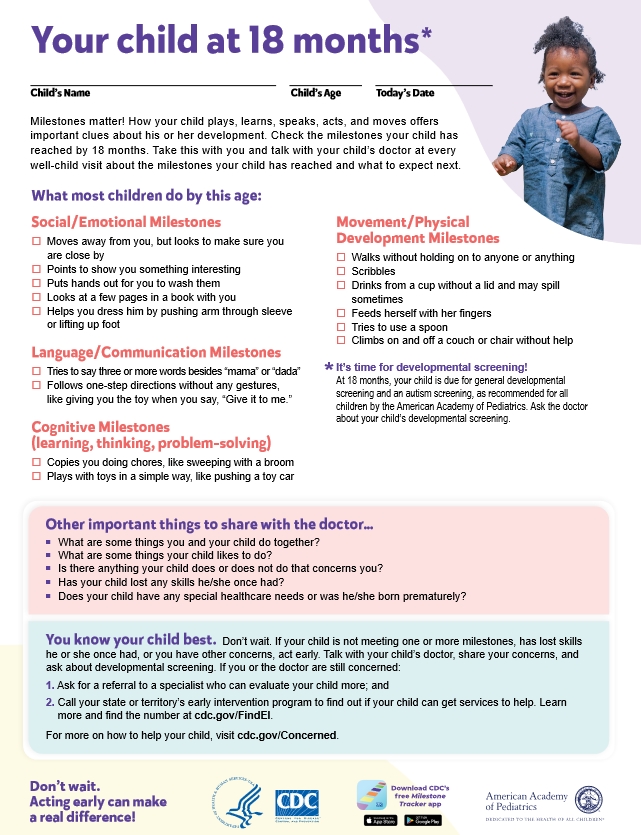
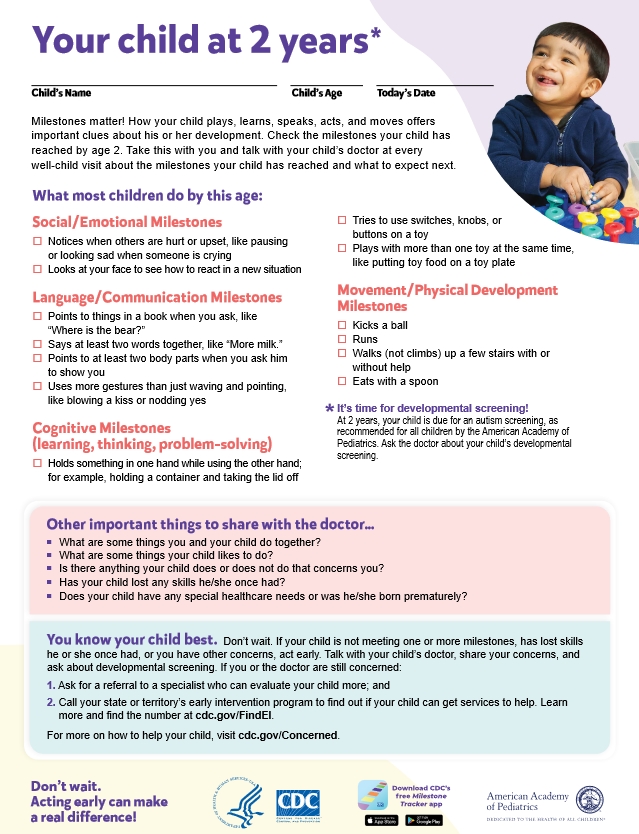
The CDC and AAP did not go about these changes in a haphazard form, as some may think. “This has been a need that is long overdue,” Paul Lipkin, a pediatrician, director of medical outpatient services at Baltimore’s Kennedy Krieger Institute, claims to The Washington Post. “We wanted to take a close look at all the data and milestones through multiple sources to come up with what we think is an accurate reflection of a child’s development.” Lipkin was one of 13 experts who worked with the CDC and AAP to update the milestone guidelines.
Their focus on these new guidelines was to make possible speech development delay detection easier to recognize. The earlier discovered the earlier treatment can begin. “The earlier a child is identified with a developmental delay the better, as treatment as well as learning interventions can begin,” Lipkin commented in an AAP News press release. “At the same time, we don’t want to cause unnecessary confusion for families or professionals. Revising the guidelines with expertise and data from clinicians in the field accomplishes these goals. Review of a child’s development with these milestones also opens up a continuous dialogue between a parent and the health care provider about their child’s present and future development.”
More than likely, it was an unintended firestorm, the lowering of speech development standards, but it happened, nevertheless. It looks, though, like the issue may not be so much with the speech development guideline change, but the cause of such a drastic change – the mask mandates. Those who are against such mandates, calling them cruel and child abuse, claim that masking an adult while a child is developing their speech has had a major impact on young children.
They are not alone in their thought, as we reported on earlier. Jaclyn Theeck, speech-language pathologist and clinical director at the Speech and Learning Institute, Inc. in North Palm Beach, Florida, says not only have they seen a huge shift in the ages of their patients, but referrals to her office have shot up drastically. Prior to the COVID pandemic, Theeck estimates only 5% of her patients were babies or toddlers. As the pandemic continued to rage, she said that number jumped to 20%. Shockingly, Theeck says her baby and toddler referral rate from pediatricians has jumped 364%.
So, while the CDC, AAP, and other professionals believe the guidelines were in need of updating, the reasons behind it, many believe, are suspect. Are masks doing more harm than good? Many think so and they have numbers to back it up.



